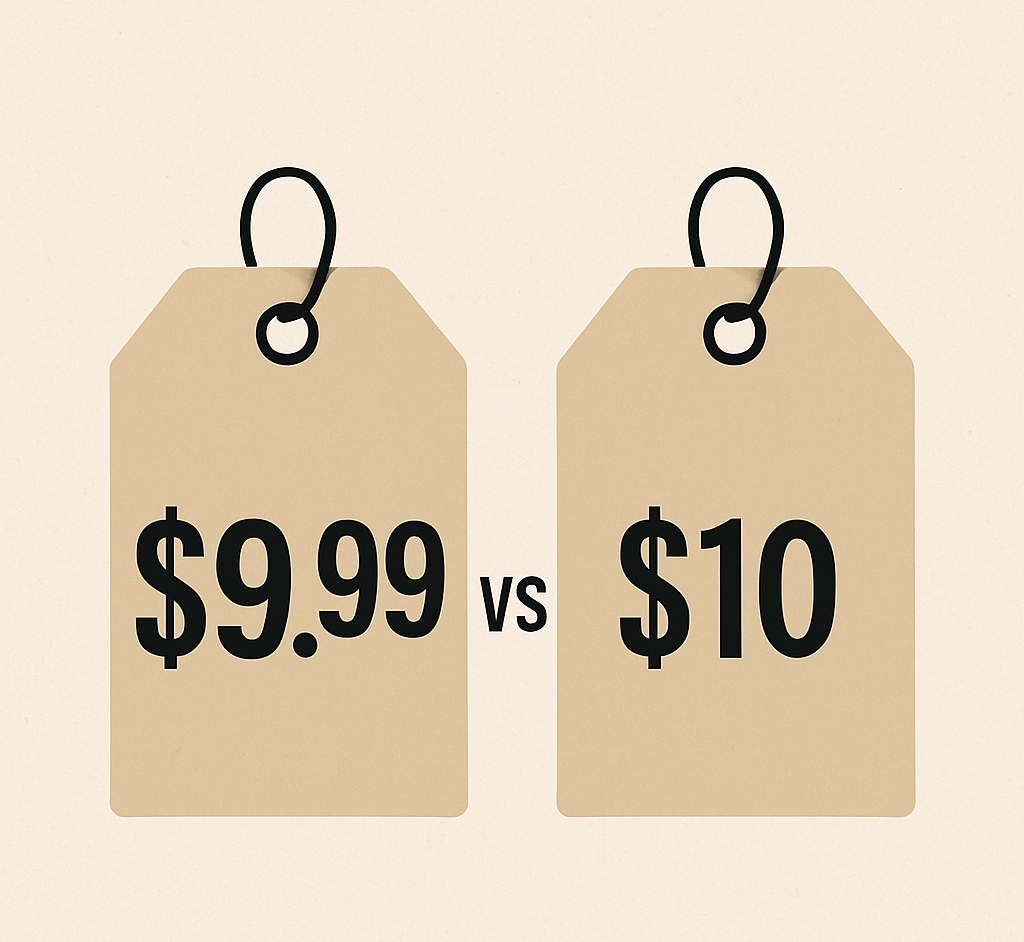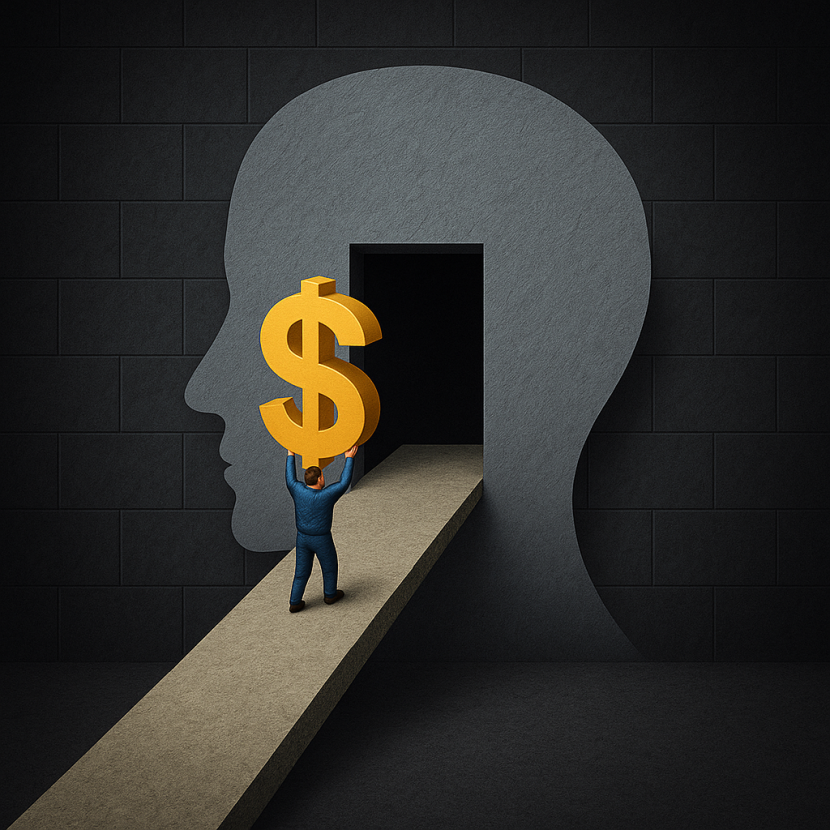In the realm of marketing and sales, pricing is not merely a reflection of cost and profit margins; it’s a strategic tool that influences consumer perception and behavior. One of the most intriguing pricing strategies is charm pricing, where prices are set just below a round number, such as $9.99 instead of $10. This seemingly minor difference can significantly impact consumer purchasing decisions. Let’s delve into the psychological principles that make $9.99 more appealing than $10.
Understanding Charm Pricing
Charm pricing is a psychological pricing strategy that involves setting prices slightly below a round number, typically ending in 9 or 99 cents. For example, pricing an item at $9.99 instead of $10.00. While the difference may seem trivial, the psychological impact on consumers can be profound.
The Psychology Behind $9.99

Several psychological principles underpin the effectiveness of charm pricing:
- Left-Digit Effect: A study by Thomas and Morwitz (2005) found that consumers focus more on the leftmost digit of a price. Therefore, when a price is reduced from $10.00 to $9.99, consumers perceive it as being significantly cheaper due to the left-digit drop from 10 to 9, even though the actual difference is minimal.
- Cognitive Bias: The human brain processes information in heuristic ways, often relying on mental shortcuts rather than analytical thinking. When confronted with prices ending in 9 or 99, consumers tend to focus on the whole number part (i.e., $9) rather than the decimals, leading to a perception of greater affordability.
- Perceived Value: Ending a price with 9 or 99 signals to consumers that they are getting a deal, even if the actual savings are marginal. This perception can trigger a positive emotional response, prompting consumers to feel more inclined to make a purchase.
Real-World Impact
Charm pricing has been extensively studied and proven to have a significant impact on consumer behavior. Research shows that consumers perceive these slightly lower prices as better deals than they actually are because our brains process “99” differently from “$100.” We see $9.99 as closer to $9 than to $10, making it seem like a more reasonable price.
When to Use Charm Pricing
While charm pricing can be effective, it’s essential to consider the context:
- Retail and E-commerce: Ideal for products where consumers are price-sensitive and looking for deals.
- Luxury Goods: May not be suitable, as round numbers can convey quality and prestige.
- Cultural Considerations: In some cultures, certain numbers may have specific connotations that affect purchasing behavior.
Final Thoughts
The difference between $9.99 and $10 may be just one cent, but the psychological impact is substantial. By understanding and leveraging charm pricing, businesses can influence consumer perception and drive sales. However, it’s crucial to consider the context and ensure that pricing strategies align with brand positioning and consumer expectations.





